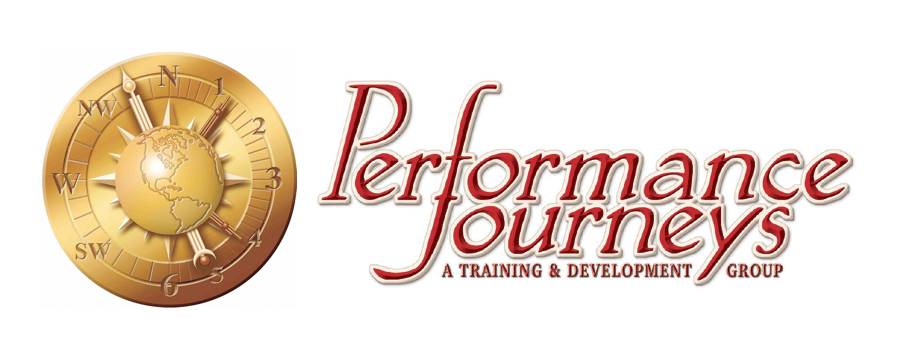
It’s difficult for most bureaucratic structures in government to think of serving constituents as customers, much less giving customer advocacy serious consideration. Customer advocacy is the effort to build support and momentum for the products and services you provide them. This should be important to government. If for only selfish reasons, it should be critical to the politician who wants to look good on the next election day to his or her constituents. Agency heads should pay attention to such, because it furthers their funding, or if nothing else, supports their programs from being eliminated.
But if one can take a higher road and consider the value in simply providing the very best to the citizens you serve, than customer advocacy makes sense. Customer advocacy is about getting customers on your side to the very offerings you provide, thus promoting their benefits to others. In its essence, that should happen organically. But savvy organizations really wanting to succeed need to be more intentional in their efforts to creating customer advocates.
We offer some practical ways for making that happen:
Customer Sharing. How can we make it easy for customers to formally and informally share with someone else what is going well with NGA’s products and materials? We want them to “spread the good word” that what we’re doing is something others can see. We want customers to be, well, advocates. We must make it easy for them to do that.
Customer Recognition. Give customers a vehicle to recognize the good service going on within your organization. That recognition should consist of two things:
- Make it 360. Just as you expect recognition from supervisors, you should also be getting and receiving recognition from peers, and even from those that report to you. To this equation, recognition should come from your customers as well.
- Make it Formal and Informal. Find formal and informal ways for your customers to recognize what you’re doing right. Make those systems easy to access and use. In other words, make it easy for customers to recognize you.
By the way, you should also do the same with feedback—make it formal and informal, as well as 360. More on that topic later.
Recognizing Customers. Recognition could also go the other way. Where do we celebrate customers who “really get it”? This might be customers who take our products and services and help bring it to the next level. What would it look like to have a customer heroes program? This too could be implemented informally as well as formally.
Internal Customer Forums. We easily think of external customers—the ones we ultimately serve. But internal customers—fellow employees, departments, agencies, are important as well. We often dismiss seeking feedback and recognition from these sources because…well, they’re on Uncle Sam’s payroll. But they may be critical to the ultimate success. Many a project and initiative has failed not because the customers didn’t like it, but because there wasn’t advocacy from within.
Partner User Forums. The same could be said of those organizations we partner with. I’m struck by how easily we dismiss the feedback—and thus the ultimate advocacy—of those who we have labeled as contractors. We need to cherish their contribution, feedback and recognition—all the while, providing the same to them.
Customer Advocate Leadership Boards. Could there be a distinguished group of customers who serve to bring strategic thought to your organization’s activities? This would help with marketing, and would help with the development and improvement of your products and services.
In truth, you should have an “honorary” board, and a functioning board—the latter providing more tactical direction and guidance to the products and services that are being created. These people can do a whole lot to get others to pay attention to what your organization is doing.
A Word to the Wise
Feedback is the breakfast of champions. But that feedback is not always in the form of Belgium waffles with strawberries and whipped cream. Sometimes feedback comes in the form of Wheaties—even steel cut oatmeal with a side of prunes. The important thing is to always take your Wheaties—if you want to be a champion.
Let’s face it—real advocates aren’t simply there to offer a token compliment. Sometimes their best role is offering some uneasy-to-digest information. Here’s the good news. Better your advocates tell you what you need to do rather than someone who ultimately doesn’t care about your success. To that end, take seriously those messages that require looking your self in the mirror and making changes. Advocates are sending those messages because they really care—and they really believe in what you have to offer. Listen—and respond to them. When they stop talking is when you’re really in trouble.
Look at informal websites dedicated to favorite brands like Disney and Apple. It’s astonishing that people take their own time and money to talk about what they love and don’t love about these brands—with no expectation of acknowledgement and/or compensation. Yet they do it, because they are ultimately brand advocates.
In any organization, you need advocates. Who are yours? How are you making that advocacy beneficial for all involved? How is that advocacy building on your mission? Are you intentional about customer advocacy, or are you just hoping it happens?


Comments are closed.